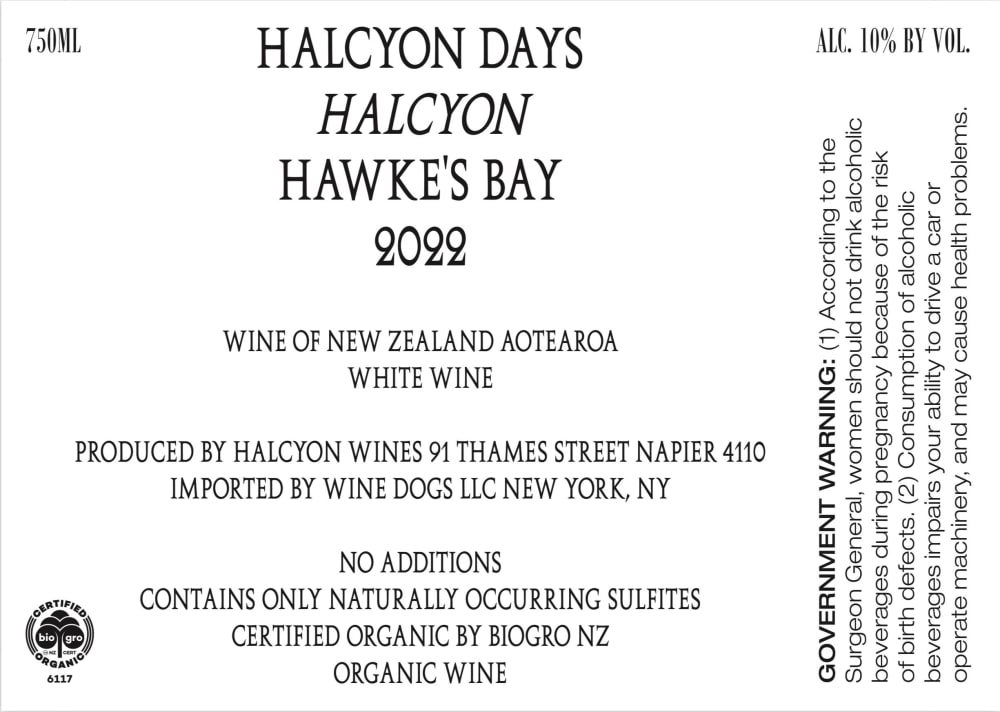Have you ever wondered why some wines taste so much better than others? A major factor is acidity, the unexpected ingredient that can make or break a great bottle of wine. Let’s take a closer look at the role of acid in wine and uncover what makes this key ingredient so important.
Unexpected Ingredient
When you think of wine, you likely think of grapes, yeast, and oak barrels. But acidity is another key ingredient that plays an important role in the flavor of a wine. Acidity helps bring balance to a wine and can provide a desirable tartness. Whether it is a white or red wine, the resulting acidity comes from the grapes harvested for each wine.
Bright and Balanced
The right amount of acidity can bring brightness and balance to a wine, making it more enjoyable and food-friendly. Acidity is especially important in white wines, where it helps bring out the fruity flavors. In red wines, acidity helps balance out the tannins and adds complexity to the flavor.
When it comes to wine, acidity is not always a bad thing. In fact, it is essential for producing a good bottle of wine. If a wine has too little acidity, it can taste flat and dull. Too much acidity, on the other hand, can make a wine taste overly tart and unpleasant.
Conclusion
When it comes to wine, acidity is an often overlooked yet essential ingredient. A good bottle of wine requires just the right amount of acidity to bring brightness, balance, and complexity to the flavor. So, the next time you’re sipping your favorite vintage, don’t forget to raise a glass to acidity!
“In wine there is wisdom, in beer there is freedom, in water there is bacteria.” – Benjamin Franklin


